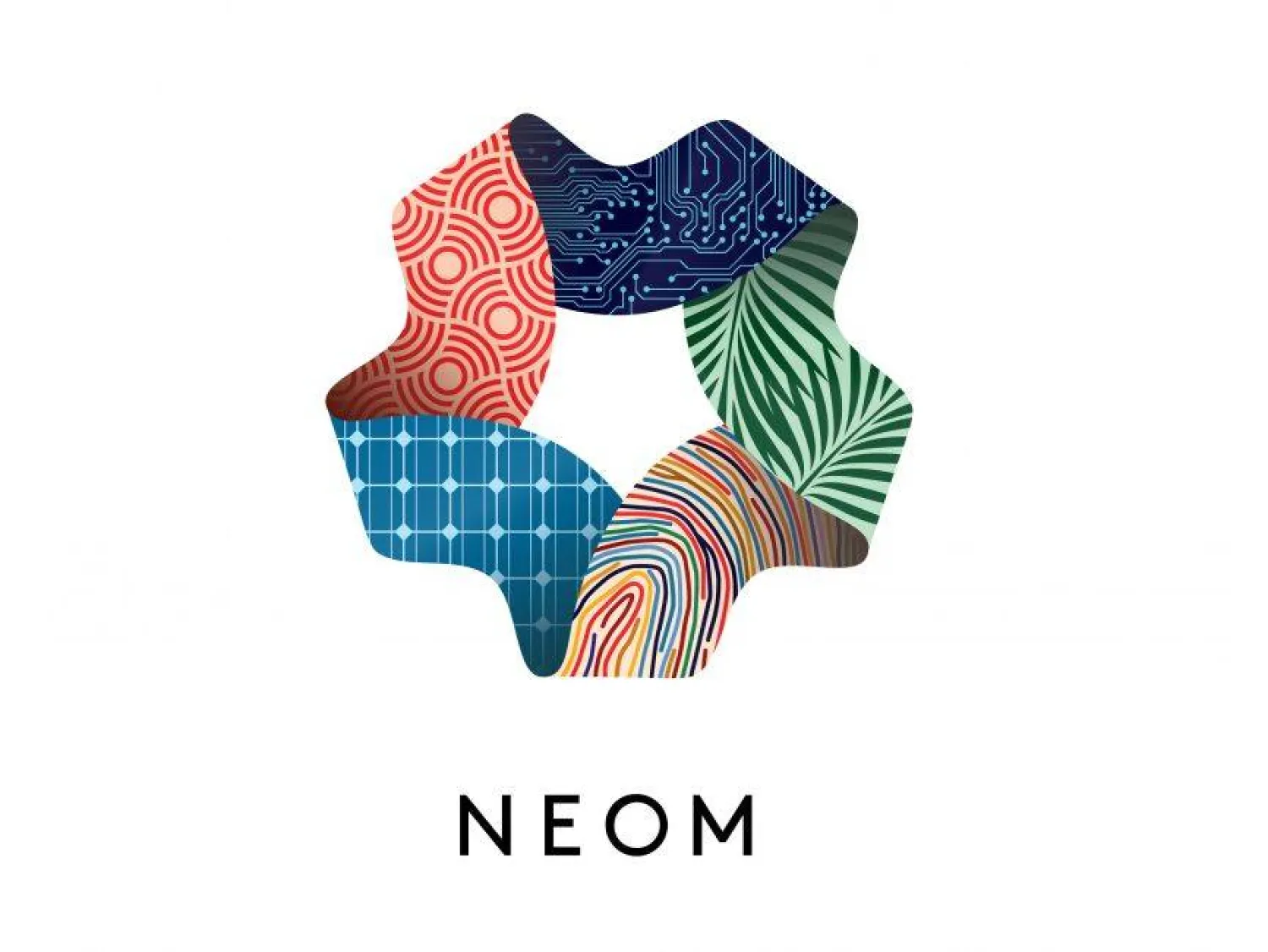The historic Abbazia di San Gregorio in Venice will be home to a landmark exhibition entitled, ‘Zero Gravity Urbanism - Principles for a New Livability’.
The exhibition features the proposals of world-leading architects sharing their work on Saudi Arabia's THE LINE and their contribution to this urban revolution. Contributors include Morphosis, Sir Peter Cook, UNStudio, Fuksas, Oyler Wu, DMAA, and Adjaye, among others.
Zero Gravity Urbanism proposes a radical and progressive approach to cities with a sharper view toward balancing nature, livability, and human progress. The proposed model tackles urban sprawl and climate change. In contrast to city development of the last century, it provides a sustainable model that responds to the world’s most pressing environmental and urban challenges while addressing the need to accommodate a fast-growing urban population.
From a conservation perspective, THE LINE proposes a city that can accommodate up to 9 million inhabitants with a land footprint of 2% of that of cities with a similar population. This allows nature to thrive and contributes to protecting 95% of NEOM’s 26,500 km2 land area. THE LINE is also a model for a city fully powered by renewable energy and supported by sustainable water and food production.
From a human perspective, THE LINE, with its 3-dimensional organization of private and public space, provides universal and equitable access to amenities and services. It will also ensure that all residents have direct views and immediate access to nature. The city is car-free and is composed of hyper-mixed-use walkable communities providing 5-minute access to daily needs.
“The work undertaken by NEOM in the last few years will not only be important in the context of THE LINE but will also, in a pro-active and meaningful way, help to engage in the ongoing development of sustainable urban design globally,” said CEO of NEOM Nadhmi Al-Nasr.
As for Antoni Vives, Chief Urban Planning Officer of NEOM, he said that “68% of the world’s population is expected to live in urban areas by 2050. The current global urban model driven by the automobile is failing and must be revisited considering its impact on the environment and people’s wellbeing.”
“Working on THE LINE with some of the most recognized designers and research institutions has resulted in a significant body of work that re-establishes our urban realm as a space for human and cultural exchange,” Tarek Qaddumi, Executive Director of Urban Planning of NEOM, said.
The exhibition runs from May 20-September 24, at Abbazia di San Gregorio and will host speaking events, educational programs, and round tables featuring leading architects, academics, and urban thinkers from around the world.









